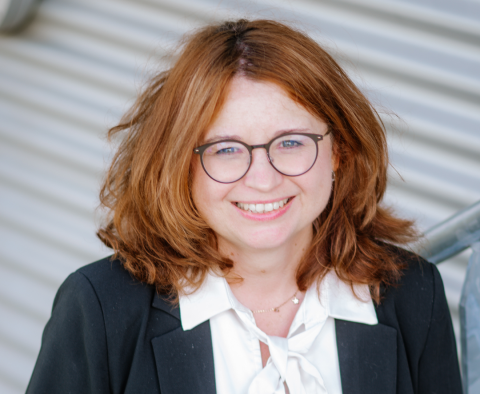Das Saarland hat die Bedeutung des Wasserstoffs für die Zukunft und Zukunftsfähigkeit unseres Bundeslandes erkannt und eine eigene Wasserstoff-Agentur gegründet. Zum 1. Mai 2023 hat die Agentur ihre Arbeit aufgenommen. Sie hat sich zum Ziel gesetzt, die saarländische Wasserstoffstrategie weiterzuentwickeln und umzusetzen. Der enge Austausch mit den relevanten Ansprechpartnern in Wirtschaft, Politik und Wissenschaft ist dabei essenziell.
Auch der Blick über den Tellerrand gehört dabei zur täglichen Arbeit. Die globalen Wasserstoffmärkte sind gerade erst in Entstehung und zeichnen sich durch eine hohe Dynamik aus. Ein kontinuierliches Monitoring dieser Entwicklungen ist von großer Bedeutung, um die Relevanz für die saarländische Wasserstoff-Strategie zu erkennen und Konsequenzen daraus abzuleiten. Dazu gehören auch die Entwicklungen auf politischer und regulatorischer Ebene.
Der Aufbau eines engmaschigen Netzwerks entlang der Wertschöpfungskette ist ein weiteres Ziel der Wasserstoffagentur. Lücken bei Erzeugung, Infrastruktur und Speicherung zu identifizieren, offene Fragen durch Forschungsaktivitäten zu beantworten und die Vernetzung der unterschiedlichen Akteure bei Wasserstoffproduktion, -nutzung und -infrastruktur sind dafür die Grundvoraussetzung. Der Infrastrukturauf- und ausbau spielt dabei eine entscheidende Rolle, um sowohl eine Vernetzung innerhalb des Saarlands zu ermöglichen, als auch die Verbindung zum nationalen und europäischen Wasserstoffnetz zu gewährleisten und schließlich auch den Zugang zu Importmengen.
Wasserstoff ist von entscheidender Bedeutung bei der Dekarbonisierung, also der Abkehr von fossilen Brennstoffen und Reduktionsmitteln und der Entwicklung hin zu klimafreundlichen Einsatzstoffen. Außerdem kann Wasserstoff dazu beitragen, Deutschland und damit auch das Saarland von importierten Energieträgern unabhängig zu machen.
Schließlich werden wir auch Unternehmen sowie interessierte Bürgerinnen und Bürger zu allen Fragen rund um den Wasserstoff beraten und unterstützen.
Mehr Informationen finden Sie unter h2-saarland.de.

Geschäftsführerin
Saarländische Wasserstoff-Agentur GmbH
+49 (0)6893/9899 730
» b.huebschen@h2-saarland.de